Dear Mudiyansegewatta Road
Dear Mudiyansegewatta Road
The residents of Mudiyansegewatta were captivating companions, marked by their zen-like attitude, kindness, humour, occasional poignancy, adventurous spirit, and inquisitive nature. Despite being a mere ten kilometres from the heart of Colombo, the village appeared tranquil and slow-paced through the eyes of the narrator, Denzil, who spent his formative years there. The narrative unfolds in the sleepy, backwater setting of Mudiyansegewatta during the 1960s and early 1970s. Within these pages, the author unveils the streetscape and introduces many characters, each with names with distinctly European flavour. As the story progresses, readers are granted a glimpse into the tight-knit, predominantly Catholic community that shaped Denzil’s upbringing.
It takes a village to raise a child. This is the story about the street where I grew up.
Stoked with adrenaline after passing the Dalugama church compound, I left Kohalwila Road and entered Mudiyansegewatta Road at the junction. Please read about my walk up to this midpoint here.
I was deep into my home territory now. Everyone on the street knew everyone else. Best behaviour was the name of the game. Mudiyansegewatta was a sacred ground.
Familiar surroundings in the land of my heritage. It is spiritual, bloodline and land-connected. Exchanging pleasantries and greetings with the elders passing was the norm and expected. They were not just your neighbours. They knew you inside out. Youngsters among themselves, in particular, would stop by and say ‘machan’ to each other. Conversation chatter everywhere. Lads passing on bicycles offered their passing friends foot lifts on their middle bar in a great community. Socialism and egalitarianism were on display with no class barriers.
Everyone knew my name; I was Thomas and Susan’s eldest son. And Lewis’s first grandson. Enormous responsibility to bear on my home ground. My parents were well respected and regarded in this small community.
My house was in front of the 7th lamp post. That was the landmark given to visitors seeking directions to our home. That was before the advent of Google Maps. My house, 248 Mudiyansegewatta Road, was the 9th house on the left side of the road. It was about 400 meters away from the junction.
In my final home stretch, everyone was in the garden or on their open veranda. The first home on the road was Christie’s home on the right. Christie was known for his soccer pursuits as an older player in the Catholic youth club, the only player to own a pair of boots.
Opposite Christie’s home, on my left, lived Basil Perera and his wife. Basil and his wife involved themselves in church activities. He was a humble man.
Adjoining Basil’s house, also on my left, were two townhouses. The first belonged to Raymond Saparamadu, his wife Marie and their four boys. Marie’s brother Mervyn and I travelled together to schools in Colombo. Saparamadus owned both townhouses. Marie’s father, Major Francis Perera, was my maternal grandfather's distant relative.
On the second townhouse, owned by Saparamadus and rented, lived Rosalyn, my mother’s aunt, her husband Leo, and their beautiful children. Rosalyn and my maternal grandmother were cousins. They had three daughters, Ramani, Anne, and Renuka and an only son, Annesley. Rosalyn was cheerful, generous and a great cook. She made fantastic cakes, cutlets and pastries. She fed me her excellent food every time I visited their home. So I’d walk into their house almost every day on my way home, knowing a small feast awaited me. The four children were regular visitors to our home. We played together; they looked up to me as an elder brother.

Behind their house was Kingsley Noel, an only child and classmate from my high school and his parents.
Behind Kingsley’s house was Shelton’s house. Shelton and his elder brother, Walter, were into bodybuilding. Both were involved in the Catholic youth club at the church. Theirs was a large family.
Back to the main road, on my right was Sarath’s mini shop. Sarath’s life story was tragic but beautiful. He was in love. Girlie was his girlfriend. Girlie’s mother disapproved of the relationship. In an age with no notion of mental health, Sarath jumped in front of a moving train in sheer desperation. He survived but lost a leg below his torso. It was a village tragedy. My mother took me to see Sarath as an early adolescent.
When Sarath Ayya recovered, the girl he loved and wanted to die for married him anyway. With a permanent injury which was now a disability, Sarath lost his job and had no income. But, with his wife’s love and support, he opened a shop in front of their house and raised two boys of their own. It was a great love story beating adversity.
Next to him was Albert Amarasinghe's home. He and his wife had no children. He was a village elder.
Opposite him, on the left, lived Albert’s brother Henry. Albert and Henry were brothers. Henry ran the largest Catholic bookshop in Colombo, selling rosaries, prayer books, religious statues and Christmas cribs. I’d often walk into his shop if I visited that part of Colombo.
Henry’s youngest son, Elmo, and I studied at St Benedict’s r. Elmo had a big brood of brothers and sisters. In the Christian brothers’ formative school, Elmo acted as a letter carrier between my father and me.

Elmo’s eldest sister, Gerty and her husband, Julian, lived in Albert’s home opposite the road and looked after childless Albert and his wife. Like their uncle, Gerty and Julian had no children of their own.
Next to Albert’s home lived my friend Rohan Perera and his family. Rohan’s father worked in a country town. My friend, also named Rohan, was going out with this other Rohan’s younger sister. I often found my friend’s bicycle parked on their front porch.
Next to Rohan’s home belonged to a businessman. They arrived recently from the south of Sri Lanka. Next to them lived the village baker, Hewamanne and his large family. The bakery produced bread for our entire village. They were also migrants from the south of Sri Lanka. All of these properties belonged to Albert before he sold them by subdividing his large block.
On the left was Felix’s shop. He was an elder brother to Elmo. Felix was a kind shopkeeper. He treated the neighbourhood kids like little brothers and sisters. He was a tough young man with a reputation. The odd troublemakers were scared of him. Felix caught a thief trying to steal from a neighbouring home, tied him to a tree and beat him mercilessly. He made sure the whole of Mudiyansegewatta was safe. He was the village guardian.
On the left was a street leading to Helen’s and her brother Peter’s homes. Jose was Helen’s father, and his mother and my maternal great-grandmother were sisters. Helen was my younger brother’s godmother. She was the most beautiful woman who lived in Mudiyansegewatta. She was tall, fair and dressed elegantly. There was none like her in the village hood; she was very different from the village womanhood. She worked for a major clothing brand and ran its premium shop outlet in Colombo. I enjoyed chatting with Helen aunty in English, one of the few women in our neighbourhood to speak the language. Helen was sophisticated and admired by many. She was a generation ahead of her contemporaries in that area.
Adjoining their properties also on the left was Benjamin’s home. He was a second cousin of my maternal grandmother. His daughter and her son, Anton, lived on this property.
Opposite Benjamin’s home lived Menike and her husband. Menike’s father and Benjamin were brothers. Her eldest son was also Denzil, my namesake. I attended Menike’s wedding as a toddler. Menike and her husband had three daughters after Denzil.
Next to them was a house that belonged to Juliet, my mother’s second cousin. Her father, John and my maternal grandmother were cousins. Juliet was married to Aloy, a good friend of my father. My father and Aloy were a formidable pair with civil and government experience and took leading roles in uplifting our neighbourhood. They both knew the ways of the government and civil service and petitioned the authorities to redress community issues. They were pioneers in getting electricity to Mudiyansegewatta in 1971. They lobbied the authorities to widen and tar the Mudiyansegewatta Road which until then was a gravel road.
Aloy, with his swift action, saved my father’s life, a story told separately.
Opposite them was John’s house, Juliet’s ancestral home. Don Joseph Amerasinghe, aka John, lived there with his wife, Rosa and his spinster sister, Maria. As a kid, I often played with John’s grandchildren, Ashley, Ranjith and Jude. Maria being an ageing spinster, had too much time on hand. She’d often stop me on the road to enquire where I was heading. I was rather annoyed by that probing question.
John’s mother and my maternal grandmother’s mother were sisters. Juliet and my mother were second cousins. In his younger days, John was known to be tough and owned a large herd of cattle. He had a long moustache and tied his hair with a knot at the back of his head. His wife, Rosa, was the kindest of souls. She was gentle and soft-spoken. She exuberated calm in the way she carried on her business.
John’s property was large. Behind his property was a paddy field that adjoined our backyard. As kids, we played in John’s large property. There was no question of asking permission; the trees and their fruits were considered common property. We plucked ripe pear-shaped peduncle cashew fruits from the tree by hurling sticks. After a few shots at it, we successfully shed the red and yellow coloured fruits onto the ground. We then devoured them then and there under the tree. In John’s front yard was a giant breadfruit tree with a swing. Kids took turns and swung themselves till evening, dinner time.
Next door to John’s house was the Siriwardane household. The house and land belonged to my maternal grandmother’s elder sister. Siriwardanes were the tenants in this house. My grand aunt visited us once a month when she turned up to collect rent from Siriwardanes.
Lal was the youngest child in the family and the only boy. Lal had three elder sisters, Jayanthi, Pearly and Dulcie. Their father was an astrologer, and he read and interpreted horoscopes. It was his business. Among our neighbours in the immediate surroundings, the Siriwardanes were the only Buddhist family. The rest were die-hard Catholics. On the days of full moon days, Lal’s sisters came to our gardens and, with our permission, plucked flowers for worshipping Buddha at the temple.
Next door adjoining Siriwardane’s were my immediate neighbours, William, his wife Mary and their two sons, Justin and Linton. William worked in the port of Colombo. He was a brave man. He would be the first to come out of his house if he heard a commotion in the neighbourhood. He was a friend to my father and a good neighbour to many. William’s water well was beside our home across our fence. After a tiring day’s work, he’d bathe at the open well in a loincloth every afternoon. William was a kind man. He addressed me as a son. I sat on our ledge and chatted with him happily while he bathed.
I played with Justin and Linton as kids. Justin caught fish in the ponds and flew kites. Linton and I played marbles and other local games. Their land previously belonged to my maternal grandmother’s eldest sister, my grandaunt. William bought it when he married Mary in the early 1950s.
Fences were lightly fixed with enough room to creep through and were the markers for boundaries. They were not there to prevent neighbours from intruding. Kids crept through the fences every day. All intrusions through the fences were part of an accepted way of life. Four generations ago, my maternal grandmother’s ancestors owned all of these properties. With our childish adventures, in our forays into the then adjoining lands, we unknowingly honoured the memory of our common ancestors. The inhabitants of the northwestern part of Mudiyansegewatta were related to each other for four to five generations. All are descendants of the original Mudiyanse, who owned a major chunk of land in the area some two hundred years ago. Mudiyansegewatta originated from his title. Mudiyanse was an honorary leadership title awarded to prominent persons in colonial Sri Lanka, erstwhile known as Ceylon.
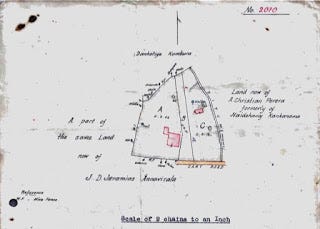
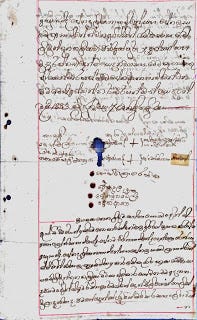
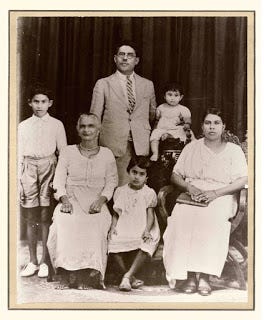
Back to the road just before I turned to my own home, on the opposite was Jeramias’s large property. He was another cousin of my maternal grandmother. He and his wife had no children. They were an unhappy old couple. Like his cousin, John, Jeremias, too, tied his hair at the back of his head with a knot. He was the chief layman of the Dalugama church and directed prayer ceremonies before the daily mass.
Despite Jeramias’s affiliation with Christianity, he had no love for children. His gate was always locked, and we could not enter it. If by an overshot, a ball was to hit his garden while playing games, it was hard to retrieve it back. His fence poles had been secured so tight, leaving no space for us to creep through the fence and recover it. He was a miserable old man who never smiled with a child.
The next-door property was mine when I passed William’s home opposite Jeramias’s. Our house number was 248, a unique number. 2 times two was 4, and 4 times two was 8, 248. It was opposite the 7th lamp post.
I entered our property on our extensive land. Our home was located at the back of our land, possibly about 100 meters from Mudiyansegewatta Road. In my home, I was in seventh heaven.
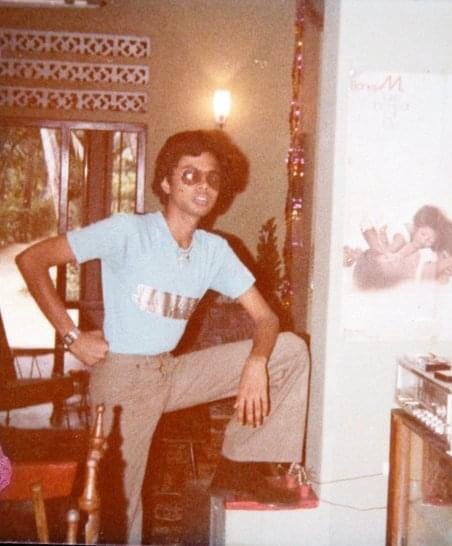
This is the story of my home street. My experiences in the late sixties as a schoolboy and early seventies as a teenager.

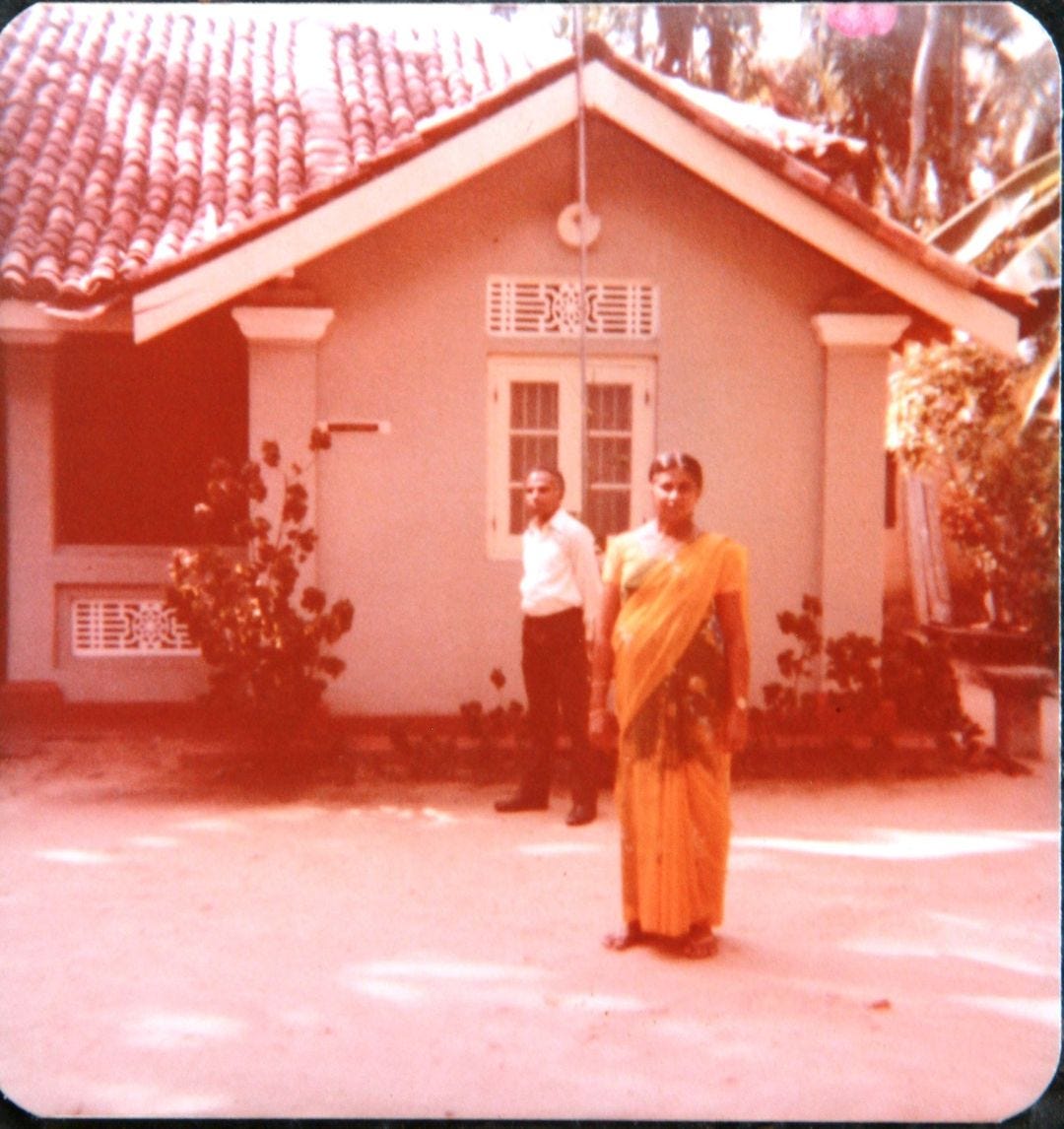

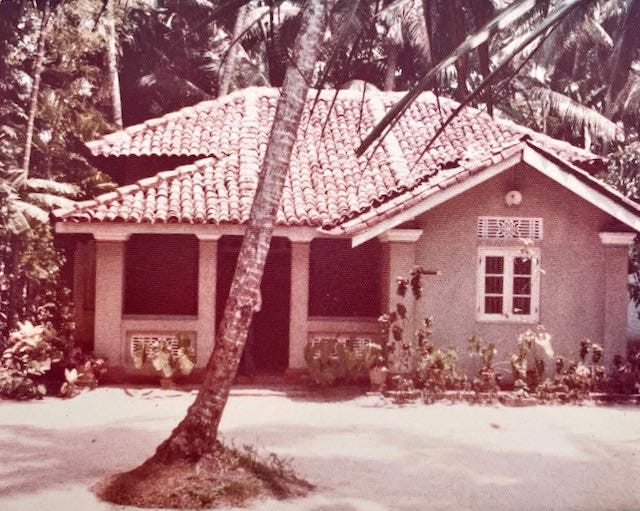
Related links:
How my father’s friendship with Aloy saved my father’s life
Subscribe to my stories https://djayasi.medium.com/subscribe
Comments
Post a Comment